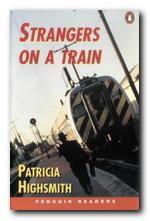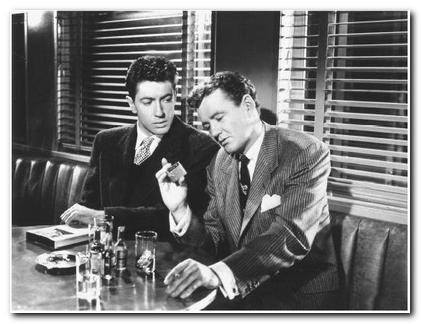tutorial, commentary, study resources, and plot summary,
Seize the Day was first published in 1956 along with three short stories and a one act play in the USA by Viking. But such is the critical reputation it has developed in the intervening years that it is now published separately as a novella (or a short novel) of outstanding importance. It was Saul Bellow’s fourth major work. He was awarded the Nobel Prize for Literature and the Pulitzer Prize for Fiction in the same year – 1976.
Seize the Day – critical comment
The American Dream
The American Dream is a a set of ideals that has its origin in the American Declaration of Independence (1776), which proclaims that “all men are created equal” with the right to “Life, Liberty and the pursuit of Happiness.” The Dream embraces a notion that regardless of social class or circumstances of birth, everyone has the opportunity for prosperity and success, and an upward social mobility for the family and children, achieved through hard work in a society with few barriers.
This is a somewhat utopian idea which has historically ignored the fact that America was a society founded on the near-extermination of native Americans, on the racist enslavement of African-Americans, and on a free market capitalist economy that drove millions of people into poverty.
Many artists and writers have criticised this Dream and its shortcomings, and Seize the Day is a very good example of an almost dystopian view of America in the mid twentieth century. Tommy Wilhelm is presented as an Average Man – but his life and the Dream he yearns for are in ruins.
He was employed as a travelling salesman (selling junk toys for children) but he has been forced out of his job by a combination of competition and nepotism on the part of his employers, who have appointed a relative to take over his sales patch. The ‘free’ market has impoverished him. He has a wife and two children, but his marriage has soured (for reasons unknown) and it has become nothing but a financial burden to him, which has led to his being insolvent.
Another feature of the American Dream is the idea that not only does everyone have the ability to be successful, but they can also become famous as well. Tommy was lured by an unscrupulous ‘talent scout’ into abandoning his college studies for the lure of a Hollywood ‘screen test’. His career in the cinema amounted to nothing more than a humiliating scene playing bagpipes:in an unknown movie: even the sound was dubbed in afterwards.
He lives in squalor; he is in bad health; and he clutches at every flimsy hope of the no-hoper – such as the idea that he could invent something: “Everybody wants to make something. Any American does.” But the central plank of the American Dream to which he clings like a man in a shipwreck is the idea that he can become rich by investing on the stock exchange. Tamkin lures him with stories of easy wealth, and over the course of the day his investment (in lard) is wiped out by falling prices.
In almost every aspect of the Dream, Tommy is a failure. He is even downwardly socially mobile – an unemployed commercial traveller (as they used to be called) in children’s toys, whereas his father has a far higher status as a successful doctor. Tommy’s life is an illustration of the fact that the American Dream remains a myth.
Mephistopholes
Mephistopheles (or the Devil) is a common figure in European literature, associated with the Faust legend. He appears in Christopher Marlowe’s Doctor Faustus, Goethe’s Faust, Mikhail Bulgakov’s The Master and Margarita, and Thomas Mann’s Doktor Faustus. Common features of his presentation are that he is clever, witty, and offers temptations to those before whom he appears. He also comes and goes suddenly, and in some cases changes his outer appearance.
Dr Tamkin is very much the Mephistophelean figure. He winds himself around Tommy like a snake, feeding him with dreams of easy wealth, a successful life, and rationalisations for taking the short route to success. He even gives the novel it’s title, with his injunctions to live in the moment, in the here and now, and to ‘Seize the Day’ (Carpe Diem). His anecdotes, flights of fancy, and tales of his own exploits are marvellously entertaining, and (almost) persuasive – but we are reminded by Dr Adler’s cautions and Tommy’s own doubts, that Tamkin is a fraud.
Tamkin takes Tommy into the central Hell of the stock exchange, where he disattends to Tommy’s concerns and pursues his own ends. Indeed he has fraudulently cheated Tommy, with whom he is supposed to be in a business partnership, and enriched himself at Tommy’s expense. And like Mephistopheles, he comes and goes at will, disappearing just when Tommy has hit rock bottom and needs him most.
A Freudian reading
The novella also invites yet another interpretation – a reading based on the classical Freudian trinity of the Ego, the Super-Ego, and the Id as the structure of human consciousness itself. It is certainly not difficult to see that the three characters namely Doctor Adler, Tommy, and Tamkin as corresponding closely to the three Freudian categories.
Freud’s theory posits the Ego, the Super-ego, and the Id as the three parts of the human psyche. They are in potential or actual conflict with each other, fighting for control of the individual. The Ego represents the conscious and realistic of the psyche which must deal with the challenges of life and must mediate between the competing demands of the Super-ego and the Id. It includes defensive, perceptual, intellectual-cognitive, and executive functions. The Super-ego represents the critical and moralising set of social values and cultural rules which are embodied in the Law and authority figures. The Id represents the amoral and instinctive desires It is the source of our bodily needs, wants, desires, and impulses, particularly our sexual and aggressive drives. The id contains the libido, which acts according to the ‘pleasure principle’.
Freud’s basic notion is that these three components of consciousness represent different types of morality which are in potential conflict with each other:
From the point of view of instinctual control, of morality, it may be said of the id that it is totally non-moral, of the ego that it strives to be moral, and of the super-ego that it can be super-moral and then become as cruel as only the id can be.
The Ego and the Id
It is not at all difficult to see the three principal characters in these terms. Tommy is the Ego writ large. He is struggling to solve the many problems in his crumbling life, and he is being pulled apart by the conflicting demands of ‘Dr’ Tamkin and his father. Doctor Adler is a perfect example of an authority figure. He is Tommy’s father, with whom Tommy is in very Oedipal competition. He is successful; he has economic and social power; and all the advice he gives to his son is sensible, moral, and socially correct. But he is pitiless in his attitude to Tommy.
‘Dr’ Tamkin on the other hand is nothing but a temptation figure goading Tommy towards the pleasure principle – of easy money, instant gratification; sexual freedom, and rationalized explanations for any actions he wishes to take. Tommy knows that his father represents what is morally right – but he craves mercy or at least sympathy from him, but Doctor Adler shows none. Similarly, Tommy feels that the temptations offered by Tamkin are probably too good to be true: he doubts his veracity and thinks he might be a fraud, yet he has cast in his lot with him.
Narrative
The narrative is a wonderful mix of third person and first person narrative modes, switching fluently between an authorial account of Tommy’s movements throughout the day, into his thoughts about the plight in which he finds himself, and back out again. In all this Bellow combines the language of ‘literature’ with that of the street – a masterly feature which was to become one of his hallmarks in later novels
It made Wilhelm profoundly bitter that his father should speak to him with such detachment about his welfare. Dr. Adler liked to appear affable. Affable! His own son, his one and only son, could not speak his mind or ease his heart to him. I wouldn’t turn to Tamkin, he thought, if I could turn to him. At least Tamkin sympathises with me and tries to give me a hand, whereas Dad doesn’t want to be disturbed.
Novel or Novella?
The work is less than 40,000 words long – so it could be considered a long short story. Many of Henry James’s tales are similar in length. Or it could be seen as a rather short novel. But there are very good reasons for regarding it as an outstandingly good example of a novella.
The strongest reason is the amazing< em>unity of time, place, action, and character. The events of the narrative take place on a single day, in a single place (New York City); the action is continuous; and everything is centred on the figure of Tommy Wilhelm. In fact the action forms a downward spiral in his fate. He begins the day in a desperate state but hopes the events of his day will improve matters. The reverse happens, and things go from bad to worse. The events are also punctuated symbolically by what seem like the signs of incipient heart attacks as the disappointments pile up to invade his failing health.
It could also be said that the narrative ends on a tragic note, with Tommy sucked into the funeral of a complete stranger – who might almost be regarded as another version of himself, just when he has reached the rock bottom of his hopes. Yet this negative denouement is tempered by the crisis in Tommy’s feelings as he feels a kinship with the dead man.
It is the compression of these fictional elements that characterise the novella and give it a concentrated unity of purpose and design. The events of the narrative may appear fairly trivial (an unemployed middle-aged man who has a problematic wife) but they represent something larger than themselves. Tommy Wilhelm is not simply Doctor Adler’s son – he is Mr Middle America – in the same way as Willy Loman can be seen in Arthur Miller’s drama Death of a Salesman
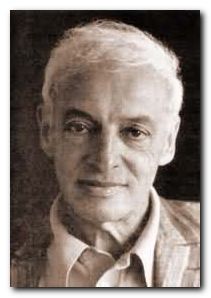
Seize the Day – study resources
![]() Seize the Day – Penguin Modern Classics – Amazon UK
Seize the Day – Penguin Modern Classics – Amazon UK
![]() Seize the Day – Penguin Modern Classics – Amazon US
Seize the Day – Penguin Modern Classics – Amazon US
![]() Seize the Day – Library of America – Amazon UK
Seize the Day – Library of America – Amazon UK
![]() Seize the Day – Library of America – Amazon US
Seize the Day – Library of America – Amazon US
![]() Saul Bellow – Collected Stories – Penguin Classics – Amazon UK
Saul Bellow – Collected Stories – Penguin Classics – Amazon UK
![]() Saul; Bellow – Collected Stories – Penguin Classics – Amazon US
Saul; Bellow – Collected Stories – Penguin Classics – Amazon US
![]() Saul Bellow (Modern Critical Views) – critical essays and studies – UK
Saul Bellow (Modern Critical Views) – critical essays and studies – UK
![]() Saul Bellow (Modern Critical Views) – critical essays and studies – UK
Saul Bellow (Modern Critical Views) – critical essays and studies – UK
Seize the Day – plot summary
Part I. Tommy Wilhelm is a young middle-aged travelling salesman who feels an Oedipal resentment towards his successful father Doctor Adler, who is comfortably retired. They both live in apartments in the same hotel in New York City. Tommy quit college when a bogus talent scout (who turned out to be a pimp) offered him a screen test. Tommy failed in his quest for stardom in Hollywood, he has lost his job as a salesman, he is separated from his wife and children, and he is losing money on stock market investments recommended by a fellow resident at the hotel, ‘Dr’ Tamkin. He feels guilty about having changed his name, and he realises he cannot really change the person he is – or what he has inherited from his forebears.
Part II. On collecting his mail in the hotel lobby he is confronted by bills from his wife which he cannot afford to pay. At breakfast in the dining room he meets his father talking to a fellow guest and feels annoyed
because his father talks up his son and daughter, neither of whom is successful. Tommy smokes heavily, takes pills, lives in squalor, drives an untidy car, and drinks Coca-Cola for breakfast. He feels guilty and annoyed having to explain away the loss of his job to his father’s breakfast friend. Doctor Adler thinks that Tamkin might be a fraud, yet Tommy has given him his last $700 to invest.
Part III. His father advises him to stop drinking and taking pills, recommending instead water therapy and exercise – all of which Tommy sees as mean-spirited and showing a lack of understanding. Tommy complains about his wife, and how she demands more and more from him – especially money. He feels as if she is trying to kill him with her demands. They discuss the failure of his marriage: his father remains implacably critical and unsympathetic. Doctor Adler accuses him of having been fired from his job, and possibly being in trouble with some other woman. He even reproaches him for having joined the armed forces during the Second World War. He refuses to give him (or his sister) any money, and they part in anger.
Part IV. In the hotel lobby he meets ‘Dr’ Tamkin who reveals the embarrassing details of their very unequal speculative investment in lard on the stock exchange. Tommy tells him about the argument with his father, and Tamkin spins him some rather improbable ‘case histories’ concerning his patients. He then boasts about his own accomplishments, his social connections, and his travels. Tommy continues to wonder if Tamkin is a fraud, but Tamkin persuades him with a theory of Twin Souls within one person.
Part V. Tommy and Tamkin go to the stock exchange. Tommy feels overwhelmed by the city but recalls a transcendent feeling of love for humankind. Tamkin continues to expound his philosophy of the Here and Now and living for the moment, whilst watching his own investments rise.
Part VI. Over lunch Tamkin continues to offer Tommy theories and rationalisations connected with money, father-son conflicts, and how to deal with ex-wives – all illustrated with barely credible stories from his own experience. Tommy takes elderly Mr Rappaport to buy some cigars. When he gets back to the exchange his share prices have dropped, wiping out all his investment, and Tamkin has disappeared.
Part VII. Tommy goes back to the hotel in search of Tamkin, but cannot find him. He goes down into the bath house in the basement, where his father refuses to pay his hotel bill. Tommy phones his wife, who complains about a post-dated cheque he has given her. They argue: she refuses to work. He feels she is killing him with her demands for money. On Broadway he gets caught up in the funeral of a stranger, and the sight of the dead man causes him to break down in tears.
Seize the Day – principal characters
| Tommy Wilhelm | an unemployed commercial salesman |
| Doctor Adler | his father, a successful retired doctor |
| ‘Dr’ Tamkin | claims to be a psychiatrist |
| Maurice Venice | a pimp, claims to be a talent scout |
| Margaret | Tommy’s demanding wife |
| Catharine | Tommy’s sister, a would-be painter |
| Mr Perl | German fellow hotel resident |
| Olive | Tommy’s Catholic woman friend in Roxbury |
| Mr Rappaport | almost blind stocks trader and bigamist |
Other works by Saul Bellow
 Herzog (1964) became highly regarded and a classic almost as soon as it was published. It centres intensely on the life of Moses Herzog, a Jewish intellectual who is driven close to the verge of breakdown by the adultery of his second wife with his close friend. He writes letters to famous people, both living and dead – Spinoza, Nietzsche, Winston Churchill, and the President of the USA – giving them a piece of his mind and asking their advice about how to live. The novel begins with a statement which sets the tone for everything that follows: “If I am going out of my mind, it’s all right with me, thought Moses Herzog”.
Herzog (1964) became highly regarded and a classic almost as soon as it was published. It centres intensely on the life of Moses Herzog, a Jewish intellectual who is driven close to the verge of breakdown by the adultery of his second wife with his close friend. He writes letters to famous people, both living and dead – Spinoza, Nietzsche, Winston Churchill, and the President of the USA – giving them a piece of his mind and asking their advice about how to live. The novel begins with a statement which sets the tone for everything that follows: “If I am going out of my mind, it’s all right with me, thought Moses Herzog”.
![]() Buy the book from Amazon UK
Buy the book from Amazon UK
![]() Buy the book from Amazon US
Buy the book from Amazon US
 Humboldt’s Gift (1974) traces the life and memories of writer Charlie Citrine as he reflects on the influence of his boyhood friend and mentor, Humboldt. This character is based loosely upon Delmore Schwartz, the Jewish poet and short story writer whose early promise was never fulfilled. He descended into alcoholism and poverty, and died in a cheap hotel room, creating the modern version of the myth of the ‘doomed poet’. The novel deals with the ‘gift’ for aesthetic appreciation he passes on to his close friend Charlie, the narrator of the novel.
Humboldt’s Gift (1974) traces the life and memories of writer Charlie Citrine as he reflects on the influence of his boyhood friend and mentor, Humboldt. This character is based loosely upon Delmore Schwartz, the Jewish poet and short story writer whose early promise was never fulfilled. He descended into alcoholism and poverty, and died in a cheap hotel room, creating the modern version of the myth of the ‘doomed poet’. The novel deals with the ‘gift’ for aesthetic appreciation he passes on to his close friend Charlie, the narrator of the novel.
![]() Buy the book from Amazon UK
Buy the book from Amazon UK
![]() Buy the book from Amazon US
Buy the book from Amazon US
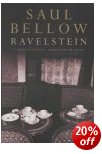 Ravelstein (2000) is something of a double portrait. Abe Ravelstein, a mega-successful Jewish academic realises that he might be dying. He invites his friend Chick to write an biographical study of him. What we get is a not-so-thinly disguised portrait of the critic Allan Bloom written by a character who has had all the brushes with life which Bellow experienced in his own: near-death illness, late-life divorce, and happiness with a new wife.
Ravelstein (2000) is something of a double portrait. Abe Ravelstein, a mega-successful Jewish academic realises that he might be dying. He invites his friend Chick to write an biographical study of him. What we get is a not-so-thinly disguised portrait of the critic Allan Bloom written by a character who has had all the brushes with life which Bellow experienced in his own: near-death illness, late-life divorce, and happiness with a new wife.
![]() Buy the book from Amazon UK
Buy the book from Amazon UK
![]() Buy the book from Amazon US
Buy the book from Amazon US
© Roy Johnson 2015
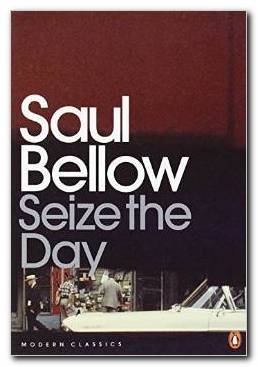
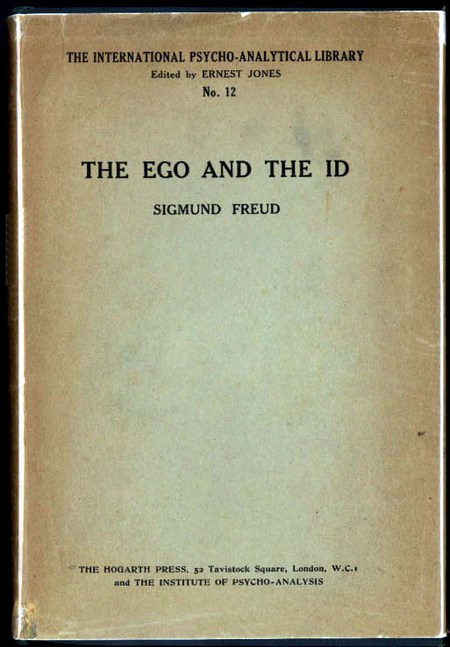
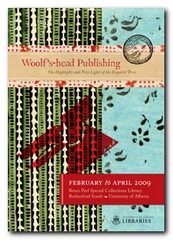
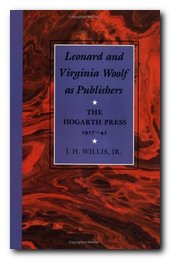
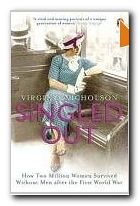 It’s a work that skillfully combines real-life biographical studies, their reflection in imaginative fiction, plus a mercifully light dusting of historical and sociological statistics. Nicholson has selected her illustrative examples from as wide a social range as possible, but those which stand out are inevitably the middle and upper class women who have left a written record of their experiences.
It’s a work that skillfully combines real-life biographical studies, their reflection in imaginative fiction, plus a mercifully light dusting of historical and sociological statistics. Nicholson has selected her illustrative examples from as wide a social range as possible, but those which stand out are inevitably the middle and upper class women who have left a written record of their experiences.



 The Ambassadors
The Ambassadors Washington Square
Washington Square The Aspern Papers
The Aspern Papers

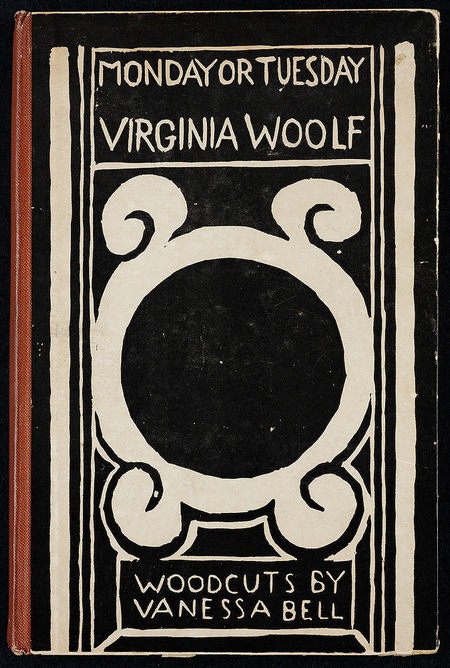
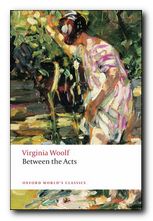 Between the Acts
Between the Acts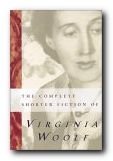 The Complete Shorter Fiction
The Complete Shorter Fiction Virginia Woolf
Virginia Woolf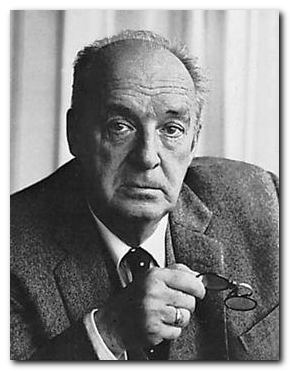
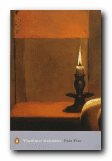 Pale Fire
Pale Fire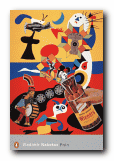 Pnin
Pnin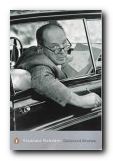 Collected Stories
Collected Stories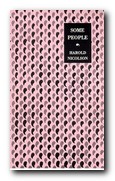
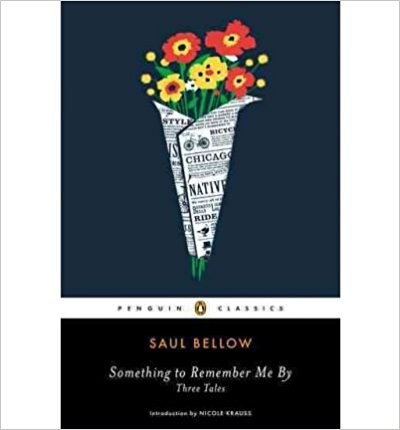
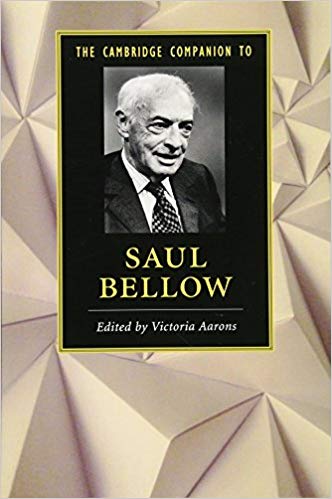


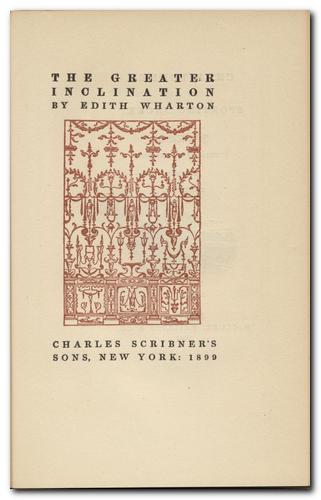
 The Custom of the Country
The Custom of the Country The House of Mirth
The House of Mirth